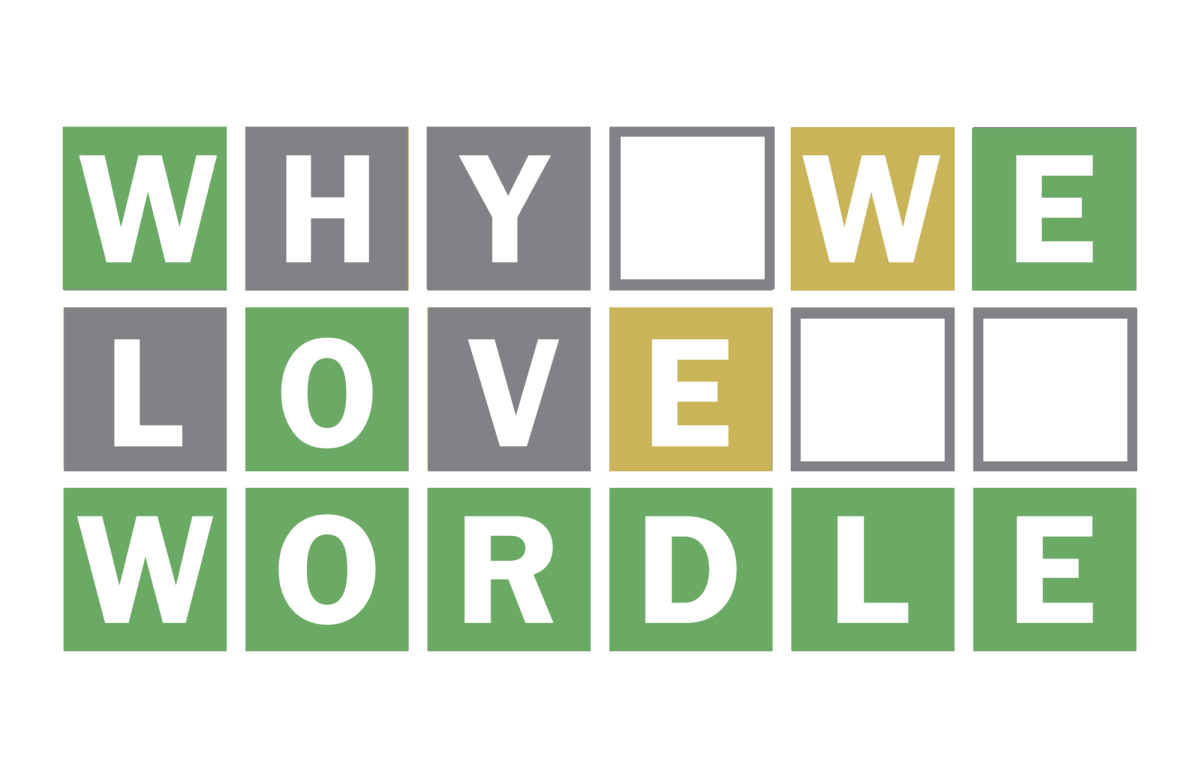In the fast-paced world of digital entertainment, The New York Times has carved a niche with its collection of engaging and intellectually stimulating games, most notably Wordle and Connections. These games have witnessed a remarkable surge in popularity, captivating players from various age groups and backgrounds.
Wordle: A Daily Word Quest
At the lead is the Wordle, a daily word-guessing game that has taken the digital world by storm. With its straightforward concept of guessing a five-letter word within six attempts, Wordle manages to strike a perfect balance between simplicity and challenge. The game’s accessibility and daily challenges have turned it into a daily ritual for many, fostering a sense of community among players who eagerly share their achievements and strategies.
Connections: Unleashing Cognitive Prowess
Connections is a game designed to exercise the cognitive muscles. Players are presented with seemingly unrelated words and tasked with finding connections between them. This brain-teasing game not only entertains but also sharpens analytical thinking, making it a favorite among those seeking a mental workout.
Diverse Appeal and Community Engagement
What sets these games apart is their ability to resonate with a diverse audience. Wordle’s simplicity attracts casual gamers and word enthusiasts, while Connections appeals to those who enjoy a more intricate challenge. The New York Times has successfully created a space where puzzle aficionados and casual gamers converge, fostering a sense of shared interest and camaraderie.
Social Media Buzz
The games’ popularity is further amplified by the vibrant communities that have emerged on social media platforms. Players eagerly share their daily Wordle conquests and discuss strategies for tackling the intricate web of Connections. This social interaction adds an extra layer of enjoyment, turning individual gaming experiences into a communal celebration of intellect and creativity.
The Future of Interactive Journalism
The success of The New York Times games reflects a broader shift in the media landscape. As traditional journalism continues to adapt to the digital age, interactive and engaging content like Wordle and Connections demonstrates the evolving role of media organizations in capturing audience attention beyond traditional news reporting.
In conclusion, The New York Times has not only solidified its position as a reputable source of news but has also emerged as a hub for interactive and intellectually stimulating games. The growing popularity of Wordle and Connections underscores the universal appeal of well-crafted puzzles and positions The New York Times as a pioneer in the fusion of journalism and interactive entertainment. As more players join the ranks of Wordle and Connections enthusiasts, the newspaper’s burst into gaming seems positioned for a promising future.















